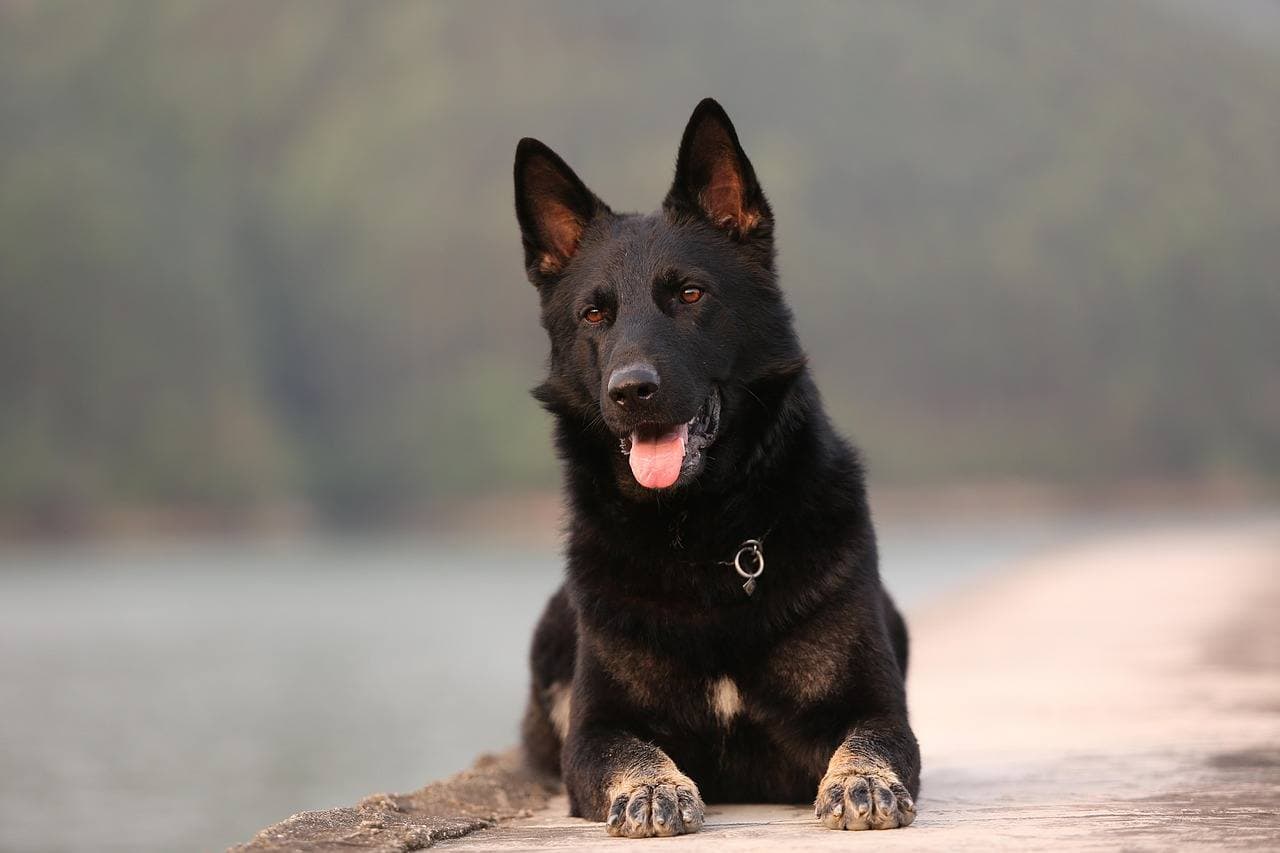Are German Shepherds Sheepdogs?

Introduction
The German Shepherd is one of the most recognized dog breeds worldwide, celebrated for its intelligence, loyalty, and versatility. Often associated with police and military work, these dogs have a rich history that many people may not fully appreciate. One question that frequently arises is: "Are German Shepherds sheepdogs?" Understanding this question involves exploring the breed's origins, characteristics, and roles within various working environments. This article delves into the fascinating history and skills of German Shepherds, shedding light on their relationship with sheep and other livestock.
Quick Info Table: German Shepherd Overview
| Feature | Details |
|---|---|
| Breed Group | Herding |
| Origin | Germany |
| Average Height | 22-26 inches (56-66 cm) |
| Average Weight | 50-90 pounds (23-41 kg) |
| Lifespan | 9-13 years |
| Temperament | Intelligent, loyal, protective |
| Primary Use | Working dog (police, service, herding) |
The Origins of the German Shepherd
Historical Background
The German Shepherd was developed in the late 19th century in Germany, primarily for herding and protecting sheep. The breed's creation was a response to the need for a versatile working dog that could manage livestock effectively. Max von Stephanitz, a prominent figure in the breed's history, is credited with formalizing the German Shepherd breed. He aimed to produce a capable herding dog that was also intelligent and easy to train.
The Role of Herding
Initially bred from various German herding dogs, the German Shepherd was specifically designed to herd sheep. Their natural instinct to gather and control livestock made them invaluable to farmers. This herding ability is rooted in their ancestry and is one of the defining traits of the breed. While German Shepherds can perform various tasks today, their herding background remains a crucial aspect of their identity.
Characteristics of German Shepherds
Physical Attributes
German Shepherds are characterized by their strong, muscular build, with a distinctive appearance that includes a large head, erect ears, and a long tail. Their coat is typically double-layered, providing insulation and protection against the elements. This physicality not only aids them in herding but also in various working roles, including law enforcement and search-and-rescue operations.
Behavioral Traits
These dogs are known for their loyalty and protective nature. German Shepherds are intelligent and easily trainable, making them ideal candidates for various roles beyond herding. Their high energy levels require regular exercise and mental stimulation, which can often be provided through training and socialization.
The Herding Instinct
While German Shepherds are no longer exclusively used for herding sheep, many retain a strong herding instinct. This instinct is evident in their behavior—often seen herding children, other pets, or even household items. Their ability to control and guide is a testament to their heritage as sheepdogs.
Training and Versatility
Importance of Training
Training is essential for any dog, but it is particularly crucial for German Shepherds due to their intelligence and energy levels. Proper training can enhance their natural abilities, making them more effective in both herding and other working roles. Early socialization and obedience training can help prevent behavioral issues and ensure that they are well-adjusted companions.
Working Roles Beyond Herding
German Shepherds have proven their versatility in various roles beyond herding. They are commonly employed in:
- Police and Military Work: Their keen sense of smell and strong protective instincts make them ideal for detection and apprehension tasks.
- Service Dogs: Many German Shepherds serve as guide dogs for the visually impaired or as therapy dogs, providing comfort and support to those in need.
- Search and Rescue: Their agility and intelligence enable them to excel in search and rescue operations, locating lost individuals in challenging environments.
The Sheepdog Debate: Are They Just Sheepdogs?
A Broader Perspective
While German Shepherds were originally bred as sheepdogs, labeling them solely as such would be an oversimplification. Their versatility and ability to adapt to various roles in society have allowed them to transcend their herding origins. In many ways, they embody the qualities of a working dog, fulfilling multiple functions that go beyond herding.
Comparisons with Other Sheepdogs
When comparing German Shepherds to traditional sheepdogs like the Border Collie or Australian Shepherd, it is essential to recognize the differences in breeding and purpose. While all these breeds share herding instincts, German Shepherds have been bred for strength and versatility, whereas breeds like the Border Collie are often more specialized in herding tasks.
Counterarguments
Some may argue that the German Shepherd's herding instinct is diminished compared to more specialized breeds. However, many German Shepherds still exhibit strong herding behaviors, especially when trained in that capacity. Their adaptability allows them to excel in various fields, but this does not negate their origins as sheepdogs.
Conclusion
In conclusion, the question of whether German Shepherds are sheepdogs can be answered with a nuanced perspective. While they were initially bred for herding sheep and possess a strong herding instinct, their roles in society have evolved significantly. Today, they are celebrated as versatile working dogs, contributing to fields such as law enforcement, service, and search and rescue.
Understanding the rich history and capabilities of the German Shepherd enhances our appreciation for this remarkable breed. Whether as loyal companions or skilled workers, German Shepherds embody a heritage that extends far beyond their origins as sheepdogs. For those considering bringing a German Shepherd into their home, recognizing this history can foster a deeper connection and understanding of the breed’s needs and abilities, ensuring a harmonious relationship for years to come.



Comments ()